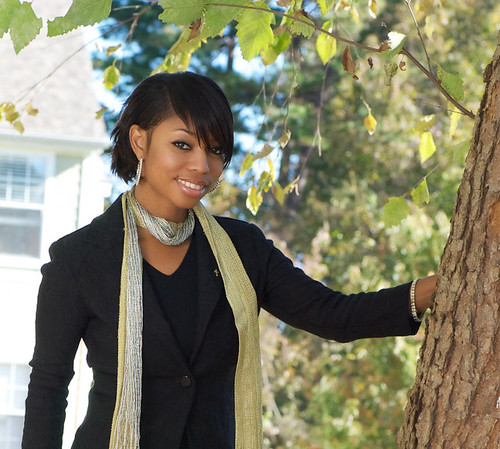Do you know where to start when you are interested in photography? It can be difficult to grasp the concept of how to shoot the perfect shot, using different kinds of light and effects. Whether you are a newcomer to photography or you have a little know-how already, some more advice is sure to come in handy, and that is just what you can pick up by reading the rest of this article.
Use some digital techniques to make watercolor, pencil sketches, and oil painting photos. There are many options for digital editing software, although Adobe Photoshop is considered to be of the highest quality. Instantly converting photographs to pieces of art is as simple as selecting the “filter” button, choosing which medium you prefer, then clicking your selection.
Skies that are overcast should be avoided in photographs. If you have too much gray sky in your photo it will make it look muted. If the sky is overcast, perhaps you should shoot the photograph in black and white. If the day is not overcast, you can show as much of the sky as you want to, but make sure you are attentive to the lighting.
Here’s a great photography tip! Learn the basics about different types of shutter speeds. There are different settings on a camera. These include M, A, P and S. The label “P” is the setting for program mode. If you choose this option, your camera will do all of the work for you because it commands the camera to judge what is right for the image. Use this setting whenever you are unsure of what it is you will be photographing.
External Flash
Built-in flash comes on almost all digital cameras. It can kick in automatically in low-light situations. Built in flashes are great for your average photographs, but for a more professional look, you may want to consider an external flash. Make sure that your camera contains a “hot shoe” that accommodates an external flash. Make a trip to a camera store to make sure you get the right flash for your camera.
Find the right combination between shutter speed, aperture and ISO. These three features are what determine your photo’s exposure. Underexposed or overexposed pictures should be avoided, unless that’s the shot you are going for. By toying with these features, you can learn how they work together to achieve different looks.
Consider purchasing a film camera if you enjoy the sentimental feeling that old photographs provide. Using black and white film (200 speed), can also create that old-time look. After your pictures have been developed you should have prints made on different types of paper, including those that are made of fiber.
In life, people are trained to always create things that are almost perfectly even. Although perfection is considered a positive thing, you should bear in mind that centering a photo on its subject is not necessarily perfect. Consider placing the subject of your picture a little off-center. Auto-focus features center in, and lock on the subject automatically that is in the camera’s view. Focus manually instead, and lock the focus just prior to snapping the picture.
If you truly want to know about photography, then you have to be willing to put time and effort into the process and truly view it as an art. As your photography skill begin to improve, start learning different techniques for developing your film.
